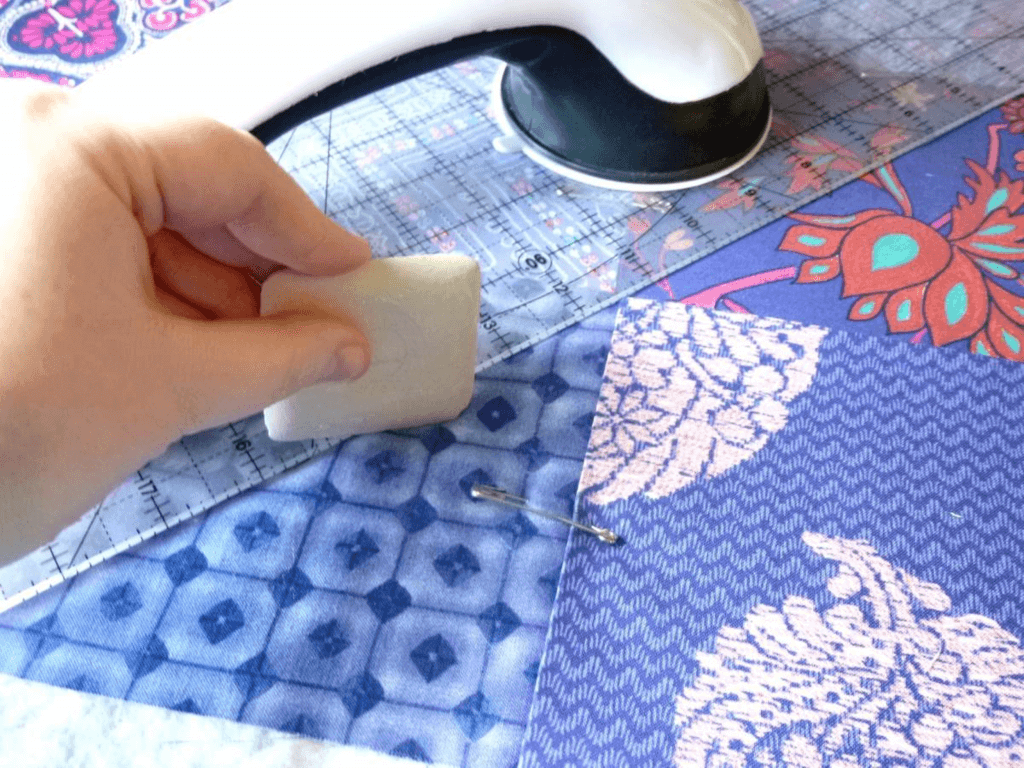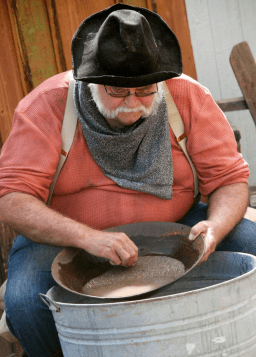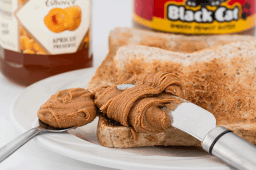Local Quilt Shop Day
(Also known as Visit Your Local Quilt Shop Day)
Local Quilt Shop Day is observed next on Saturday, January 24th, 2026 (18 days from today).

Local quilt shop day, or Visit Your Local Quilt Shop Day is celebrated on January 25 of each year. Hopefully the comforter you buy from your local comforter store will give you a comfortable night's sleep on those cold winter nights. What more could it take to get a good night's sleep and why not celebrate a Day with your local comforter store that helped you choose the right duvet for you and your family? Its purpose is to honor comforter shoppers and then connect them with fabric lovers. This day also goes to all woven garments.
History of Local Quilt Shop Day
Local quilt shop day is a day to raise awareness for independent quilt shops and recognize the contribution they make to the local economy. It celebrates the work of quilters, tailors, fabric enthusiasts and craftsmen, and all that quilt shops do to make their work possible. Special events take place at quilt stores on the day, and that day is supported by the Fabric Store Network.
A blanket is a cover for a bed that has two layers of fabric, with a soft substance such as wool, cotton, or fluff between the layers. It is bundled together to prevent the materials from moving. "Quilt" has originated from "culcita" in Latin. The word present entered the English language through the French word "cuitle”. There are some types of quilts including plain quilts, rhinestone quilts, and compound or patchwork quilts. Summer blankets are blankets without padding inside. Quilts have stood the test of time for both their function and artistic value. At first, they existed mainly for their function, but today their artistry is the main thing that keeps their tradition going.
It was said that quilting has been used since ancient times. The earliest known quilted garments date to the First Dynasty of Egypt, from around 3,400 BC, when a carved ivory statue of an Egyptian Pharaoh was decorated on the blanket. A quilted floor covering dating from the first century BC to the second century AD was discovered in Magnolia in 1924.
The Crusaders brought cotton blankets to Europe in the late 11th century, and quilted clothing became popular and used for many purposes during the middle Ages. They were used to cover knights' armor and were also worn underneath armor. The earliest known surviving duvet is dated to the late 14th century and comes from Sicily. The blocks in its center depict scenes from Tristan's lore.
The art of quilting appeared in the Americas thanks to European immigrants. It was first referenced there in the late seventeenth century, and the earliest surviving blanket in the American colonies is the Saltonstall blanket, dating from 1704. The cinder-patterned quilt was the standard for these quilts settlers. They often use old quilts that have been patched up to make quilts. They also combine them with other blankets or use them among other blankets as padding.
More artistic and elegant quilts followed, as fabrics were more affordable. Embroidered quilts typically have an entire fabric top with smaller contrasting pieces sewn down their top. They began to become more popular in the mid-1700s and reached their peak about a century later. Although they have become popular with everyone, they are mainly made by the wealthy who can afford more expensive fabrics and have the time to make them.
Cotton quilting flourished in the 19th century, especially from 1825 to 1875. When settlers moved to the West, they brought their quilting skills with them. Quilting is especially important in the Great Plains. Blankets are used on beds, to cover doors and windows, and as floor mats for children to play on. They are also used for currency. "Quartering bees" became popular in the Great Plains. These events provide an opportunity for women to come together to socialize and sew quilts. The quilters often shared lunch for the day and were accompanied by their families to dinner, often followed by a dance. Young women are often given quilts from quilted bees, which they place in their chest of hope. Wasps allow several blankets to be completed in a day, instead of taking several months to complete one blanket.
There are many other customs related to quilts. During the 19th century, many girls traditionally made 13 quilts before getting engaged — 12 simple ones were made, as well as an ornate masterpiece blanket. Mothers also make blankets for their children when they become adults. Today, quilts continue this tradition by making them for descendants.
During World War I, the US government encouraged citizens to "Make blankets - save blankets for our boys there." At that time, quilts were also produced for the purpose of raising funds, and after the war, people became interested in quilting. As the Great Depression engulfed the 1930s, comforters became so popular, in some cases, that it again became a necessity, as people lacked the resources to buy new blankets. Quilting was done during the Second World War to raise funds for the Red Cross. "Signature quilts" became popular, where business owners and residents paid to have their names embroidered on quilt blocks, sewn together and scratched to raise funds. There was less interest in quilting in the 1950s and 60s; it is considered obsolete and is no longer needed once the country has recovered economically. Interest returned in the 1970s and 80s, partly due to influences from the back-to-back movement in the late 1960s, and because of the postwar society's opposition to automation. Quilting also became an important part of Bicentennial celebrations in 1976. Today it is mainly practiced for relaxation and entertainment, and because it embodies an important tradition.
How to Celebrate the Day
On this day, visit your local comforter store to buy something new for you. Visit your local quilt shop as it's also a perfect hangout spot for anyone traveling with friends. If you have your own quilt store, then organize events on this day to attract customers. Those who don't have one can head into a local quilt shop nearby to join in and enjoy the celebration. Don't forget to share your quilt day photos and views of the Day on social media using the hashtag #VisitYourLocalQuiltShopDay.
Observed
Local Quilt Shop Day has been observed the fourth Saturday in January.Dates
Saturday, January 27th, 2024
Saturday, January 25th, 2025
Saturday, January 24th, 2026
Saturday, January 23rd, 2027
Saturday, January 22nd, 2028


